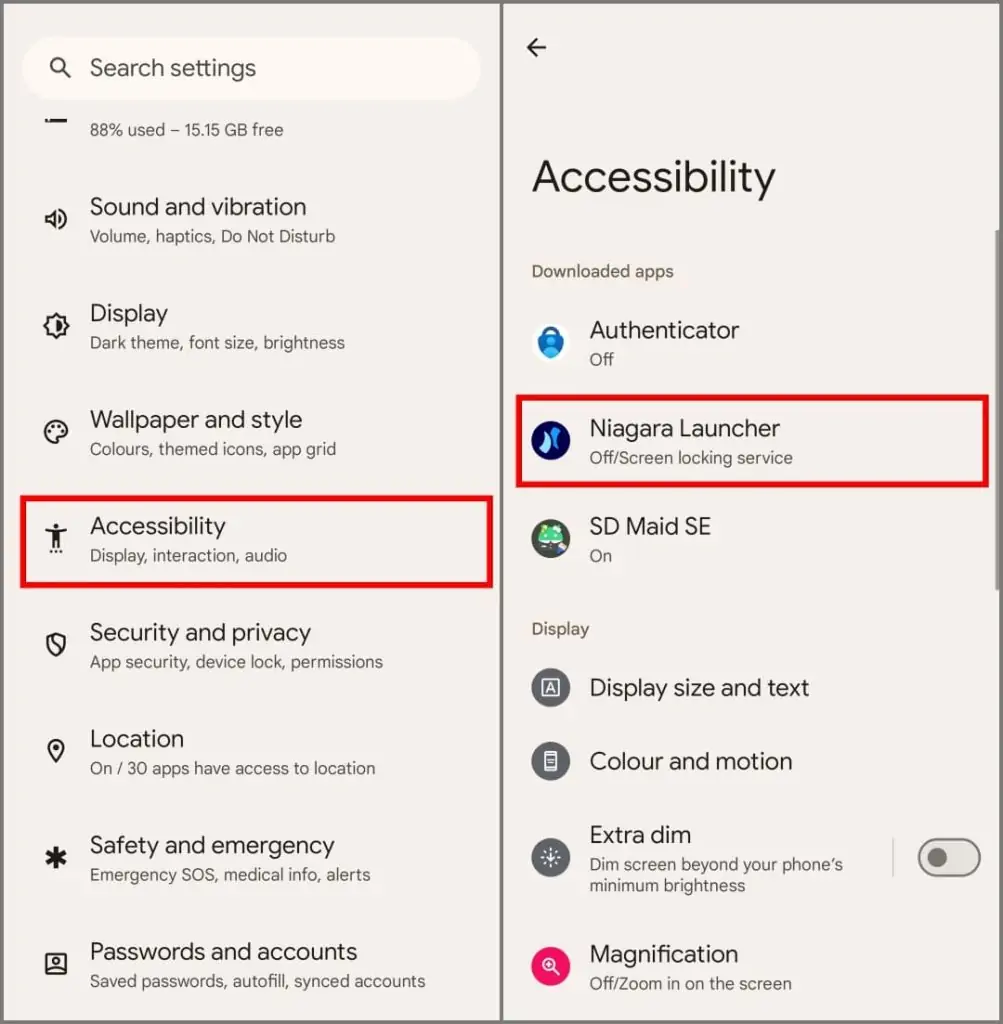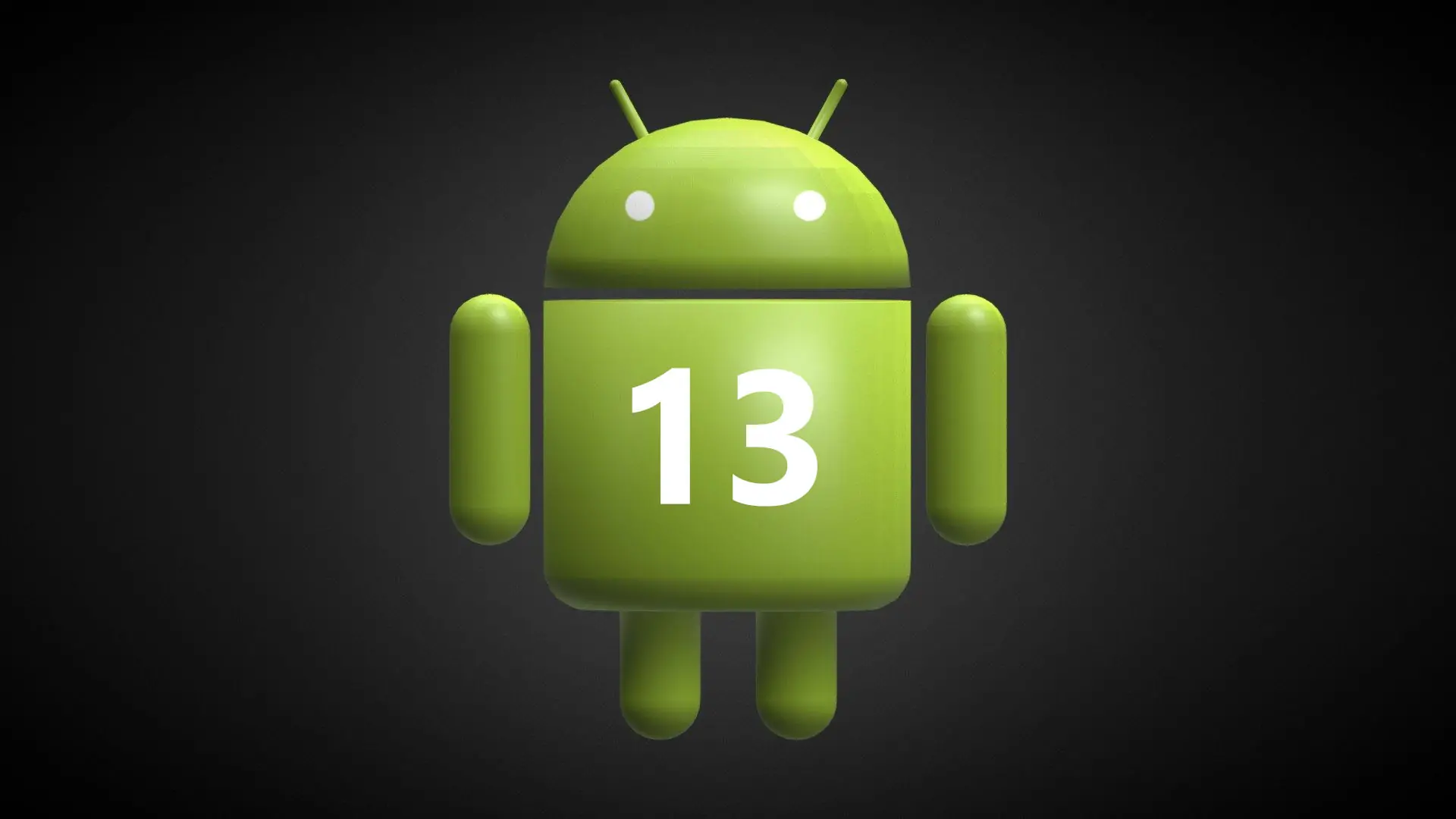Android 13, the latest version of Google’s mobile operating system, builds on its predecessor’s solid foundation, focusing on enhancing user experience, security, and performance. This update introduces new features, including a redesigned user interface, more extensive privacy controls, and better performance optimizations. Android 13 continues to expand on the Material You design language, allowing for even greater user interface personalization. Its development aims to cater to the evolving needs of both users and developers. With these enhancements, Android 13 promises a seamless and enriched experience across various devices.
New Features and Enhancements
User Interface Improvements
Android 13 brings a refreshed design and UI tweaks, continuing to build on the Material You design language introduced in Android 12. Users can now enjoy enhanced theming options for deeper customization, making the interface more personal and visually appealing. Improved widgets and home screen customization options provide greater flexibility and functionality, making it easier for users to organize their home screens to suit their preferences.
Privacy and Security
Privacy and security remain at the forefront of Android 13’s development. This update introduces updated privacy controls, giving users more granular control over their data and app permissions. New security features, such as advanced encryption methods and improved malware protection, ensure user data is safeguarded. Enhanced app permissions give users clearer insights into how their data is used, promoting a more secure mobile experience.
Performance and Battery Life
Android 13 focuses on optimized performance enhancements that make the system run more smoothly and efficiently. Battery life improvements are a key highlight, with better resource management ensuring that apps use power more effectively, prolonging device usage between charges. These optimizations contribute to a faster, more responsive user experience, even on older devices.
Multitasking and Productivity
With Android 13, multitasking becomes more powerful and intuitive. The improved split-screen and multitasking features allow users to run multiple apps simultaneously easily. New productivity tools, such as enhanced app integrations and streamlined workflows, help users stay productive and manage their tasks more effectively.
Accessibility
Android 13 significantly upgrades accessibility features, ensuring that the operating system is usable by everyone, including those with disabilities. New options for users with disabilities, such as improved voice commands and better screen reader support, make the Android OS more inclusive and easier to navigate for all users.
Connectivity and Networking
Connectivity and networking improvements are another key focus of Android 13. The update improves Wi-Fi and Bluetooth connectivity, providing faster and more stable connections. Enhanced support for 5G networks ensures that users can take full advantage of the latest mobile network technologies, experiencing faster data speeds and more reliable connections.
System Updates and Compatibility
Update Process
To update Android 13, users should navigate to their device’s settings, select “System,” and then “System update.” From there, they can check for updates and follow the on-screen instructions to download and install the new version. The over-the-air (OTA) update process is the most common and user-friendly method for updating Android 13. When an update is available, users will receive a notification prompting them to download and install it.
This method requires a stable Wi-Fi connection and ensures a seamless update experience. For advanced users, installing a factory image is another way to update to Android 13. This involves downloading the official factory image from the Android developer website and manually flashing it to the device using tools. This method is more complex and is usually recommended for experienced users or developers.
Device Compatibility
Android 13 is available for many devices, including the latest models from major manufacturers like Google, Samsung, OnePlus, and others. A comprehensive list of compatible devices can be found on the official Android website or through manufacturer-specific announcements. Android 13 aims to support as many older devices as possible, extending its reach to devices that may be a few years old. This ensures that users with older hardware can still benefit from the new features and enhancements, although some features may be optimized for more recent models.
Developer Features and API Changes
- New APIs introduced: Android 13 introduces several new APIs that enable developers to create more advanced and efficient applications. These include APIs for improved graphics performance, enhanced AI capabilities, and better integration with new hardware features.
- Deprecation of old APIs: Some older APIs have been deprecated with the introduction of new APIs. Developers must update their applications to ensure compatibility with the latest Android version and take advantage of new features and improvements.
- Tools and resources for developers: Android 13 has updated tools and resources, including a new version of Android Studio, enhanced debugging tools, and comprehensive documentation to help developers transition to the new platform smoothly.
- Changes in app development guidelines: Android 13 also includes changes in the app development guidelines. These changes focus on improving app performance, security, and user experience. Developers are encouraged to follow these guidelines to ensure their apps provide the best possible experience for users.
User Feedback and Reviews
- Early user feedback: The feedback on Android 13 has been generally positive. Users appreciate the enhanced customization options, improved performance, and refreshed design. The new privacy controls and security features have also been well-received, making users feel more secure about their data.
- Reviews from tech experts: Tech experts have praised Android 13 for its robust feature set and thoughtful enhancements. Reviews highlight the significant improvements in performance optimization and battery life. The expanded Material You design language has been well-received, with experts noting its positive impact on user experience. The new APIs and developer tools have also been commended for providing more power and flexibility.
- Common user experiences: While the overall reception has been positive, some users have reported common issues, such as minor bugs and compatibility problems with certain apps. There have been mentions of occasional glitches in the new multitasking features and slight delays in the OTA update process for some devices. However, these issues are relatively minor and are expected to be addressed in subsequent updates.
Comparison with Android 12
Android 13 builds on the foundation laid by Android 12, introducing more extensive customization options and subtle UI tweaks for a more personalized experience. Performance enhancements and better resource management significantly improve battery life and system efficiency. New APIs and developer tools enable more advanced app development, while updated privacy controls and security features offer enhanced data protection.
Tips and Tricks for Android 13 Users
- Hidden features and lesser-known tips: Discover hidden features like the improved screenshot editor, which now allows for easier markup and sharing, and the one-handed mode that makes using large devices more manageable. Explore the enhanced quick settings menu for faster access to frequently used features.
- Customization options: Take advantage of the extensive theming options in Android 13 to personalize your device. Use the Material You Design language to customize colour schemes based on your wallpaper, and use the improved widgets and home screen customization to create a layout that suits your style.
- Best practices for optimizing performance and battery life: Clear app cache regularly and uninstall unused apps to optimize performance and battery life. Use the battery optimization settings to restrict background activity for less frequently used apps and enable the adaptive battery to manage power usage based on your habits.
Conclusion
Android 13 significantly improves customization, performance, and security, enhancing the user experience. Its new features and enhancements provide users and developers with powerful tools and greater flexibility. Future updates are expected to address any remaining issues and further refine the platform. Android 13 sets a high standard for mobile operating systems, making it a worthwhile upgrade. For users and developers alike, it offers a robust and secure environment that continues to evolve.










